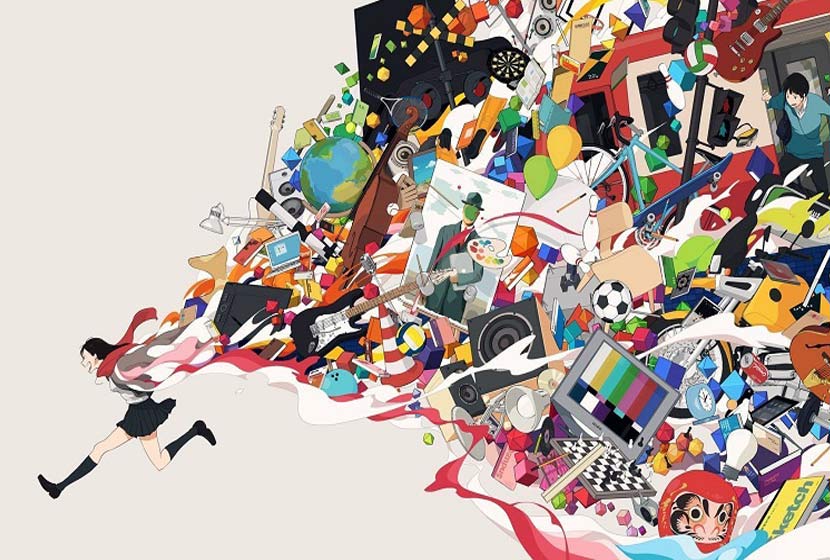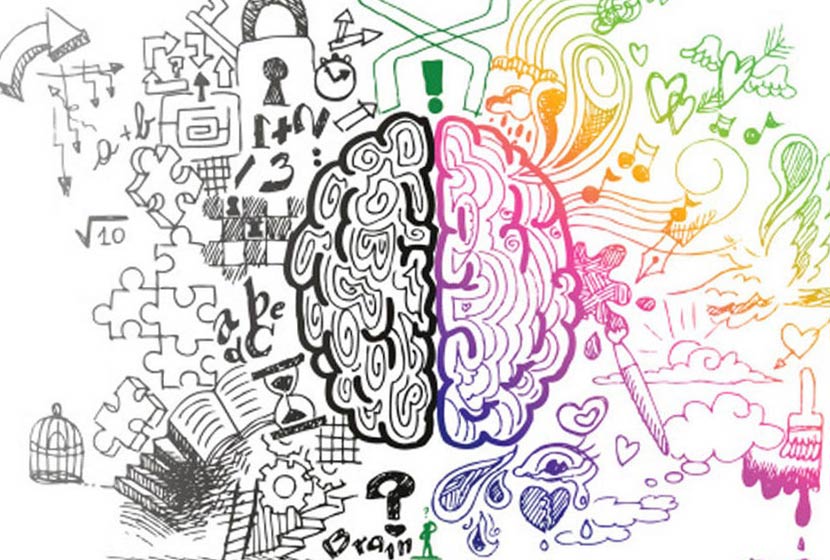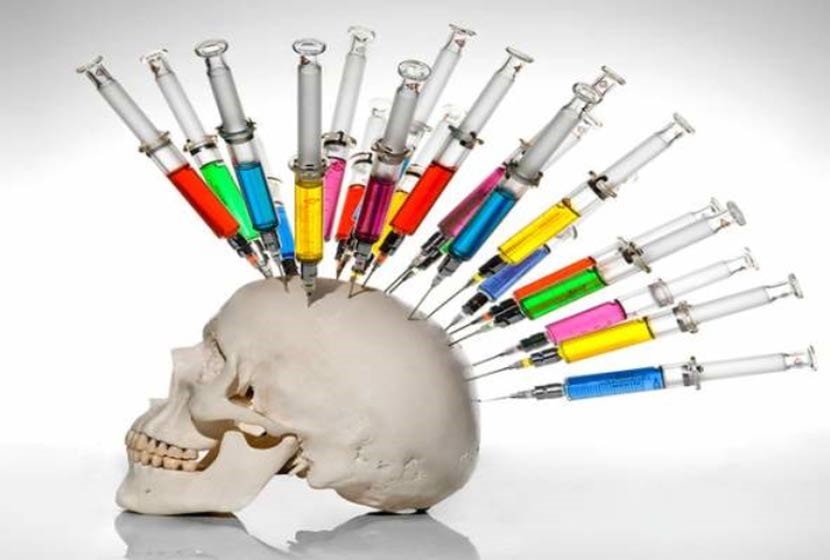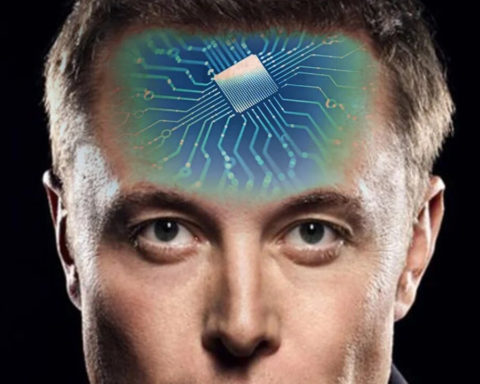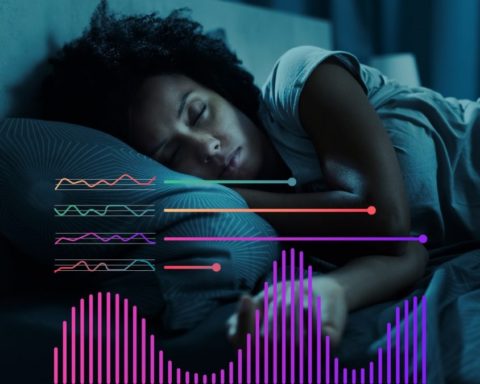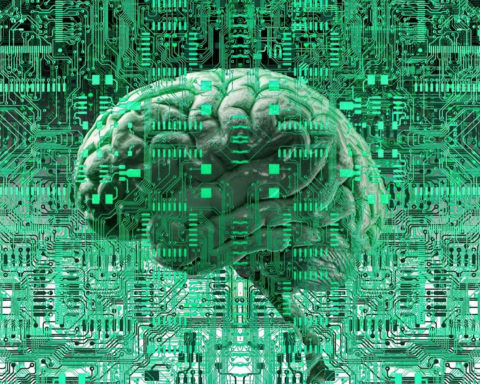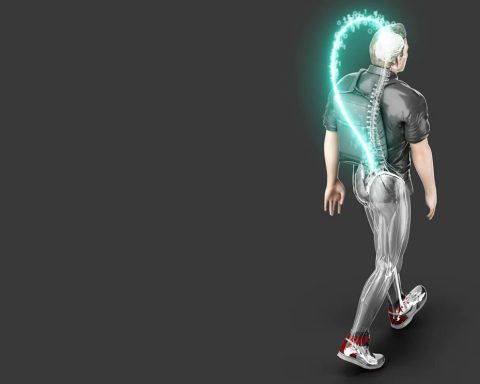Renovating managerial, pedagogical and collaborative practices...
How do we discover reality and explore the imagination? What makes these two notions dependent on each other? What makes it possible to learn and invent? How does the talent of the artist, the entrepreneur, the engineer, the architect blossom? Neuroscience sheds light on all these questions.
Ehile they are far from having unravelled all the mysteries, the knowledge validated by the scientific community is more than sufficient to move forward on the path of renewing managerial, pedagogical and collaborative practices. Thirty years ago, when Alain Resnais' film "Mon oncle d'Amérique" (1980) was released, Henri Laborit made the following prediction " Until we have spread very widely through the people of this planet the way their brains work, the way they use them, until we say that up to now it has always been to dominate the other, there is little chance that anything will change. This prediction can finally come true.
Cognitive and affective neurosciences disseminate their knowledge to the general public. It is becoming possible to better understand how the human being, fighting for his survival, has transformed his brain into a powerful tool. Television programmes are multiplying, and articles in the media are legion. For the brave, much knowledge is available in the more or less accessible works of scientists from all over the world.
Closer to home, as I write this, a permanent exhibit - C3RV34U - has moved to the City of Science. Aimed at a wide public, this exhibition offers a fun and educational journey to discover basic knowledge about the human brain. Based on games and minitests, it is rich in accessible explanations, thus exciting curious minds. A veil is lifted on the enigmas of intelligence, opening up new avenues.
This knowledge has an increasing influence on pedagogy, management and collaboration. These three disciplines require a technique, a knack, and are the result of an intention. Each one, like an artist, develops a specific style corresponding to his temperament and history. Whether you are a teacher, a manager or a collaborator, in the complexity of the interactions, the creativity of each one is solicited. The encounter with the neurosciences can only be beneficial. Taking advantage of this new resource to renew one's practices is a stimulating opportunity for the imagination.
The topicality of educational reform offers the spectacle of caricatured debates on the content of curricula that overlook the importance of pedagogical processes that allow beings under construction to develop harmoniously. Rather than focusing on the good practices of a past context or on notions of primary equality, it would be appropriate to reassess the present and future environment of our children. By sending each one back to back, we could seek to apply what the cognitive and affective sciences give us as indications of the different forms of human intelligence.
In the 1980s, Howard Gardner, a psychologist at Harvard University, defined eight forms of intelligence: logical-mathematical, verbal-linguistic, visual-spatial, interpersonal, intrapersonal, musical, bodily-kinesthetic and naturalist. Each of these forms of intelligence, open to particular talents, is more or less useful depending on vocations and professions. The subject (and his brain) undergoes its context and evolves in a different way according to the environment and the supports it benefits from. In these circumstances, his intelligence blossoms in harmony with his experiences and according to a complex development process. The components of his learning are the result of operations that involve perceptions, memories, emotions, the reward system, attention and the motor system. A better understanding of these mechanisms gives new leeway to the conscientious coach. All potentially talented but each in his or her own register. The learner, whether he or she aspires to become a plumber, engineer, psychologist, baker... is entitled to recognition and happiness.

For the human brain, the past is of interest in providing cues and beliefs that inhabit the memory of subjects. These bricks of thought, provide the foundation for identity. In periods of great change, the future is anxiety-provoking. Worries are normal, because a future based on few certainties disturbs the human being and generates emotions. To be able to live them serenely it will require imagination, trust, determination, new means and... a frontal lobe! Etienne KOECHLIN, neurobiologist, reminds us that this area of the brain gives the ability to adapt to an uncertain, changing and open environment, and that it is a distinctive mark of human intelligence. The general context motivates and legitimizes transformations. New resources are levers for action and innovation. So, to transform the future, let's activate our talents, let's seek out new knowledge in order to develop our practices and skills. Whether individually or collectively, there is plenty of room for progress, and the new information available is a considerable resource.

In addition to this, I would like to announce that PEARSON has honoured me with a second edition of "Activating Talent with Neuroscience". This second edition, now completed, is designed as a real "little neuroscience handbook" for managers, trainers, consultants and human resources managers who want to better understand how the brain works at work.

Bibliography :
- H.Gardner, the forms of intelligence, Odile Jacob, 1997
– Alain Resnais, My Uncle from America
- Etienne Koechlin, Raisonnement, apprentissage et créativité, contribution to the collective work Anticipation et prédiction, edited by Alain Berthoz and Claude Debru, Odile Jacob 2015

